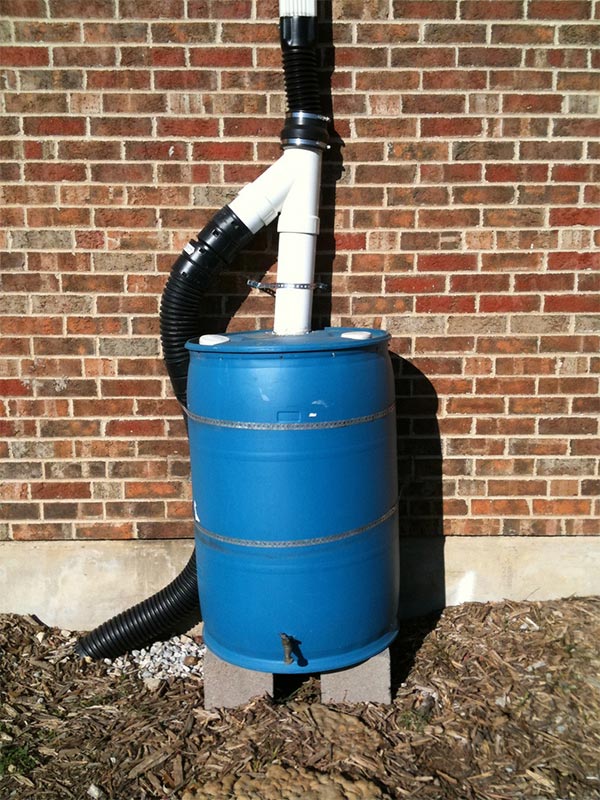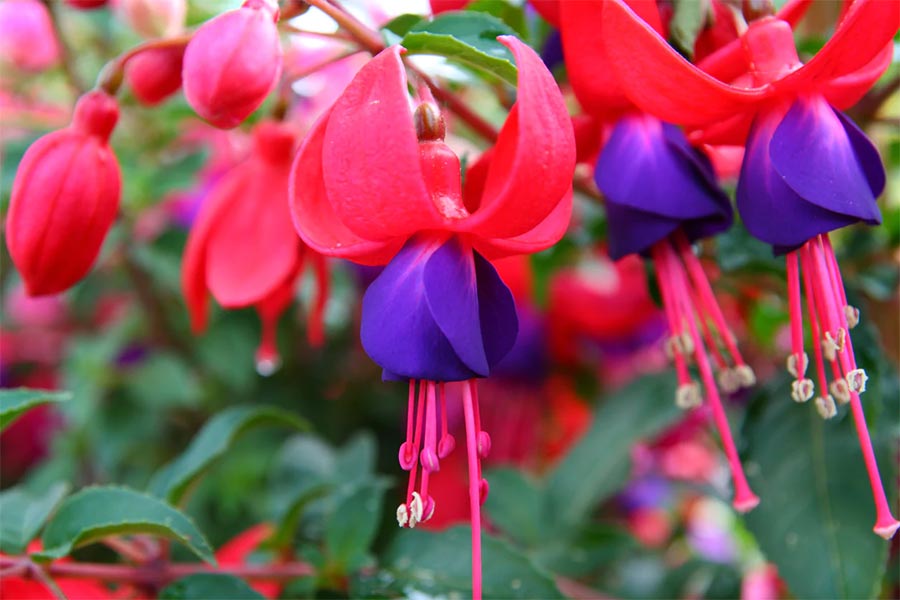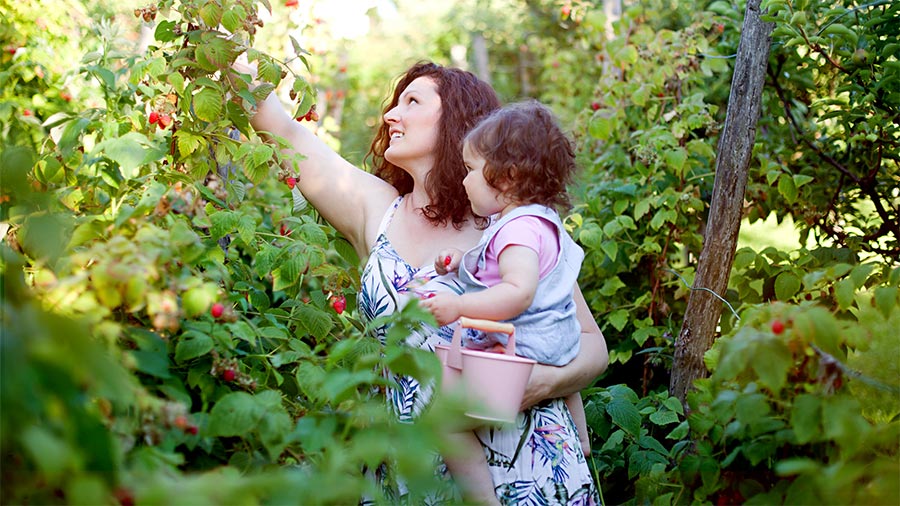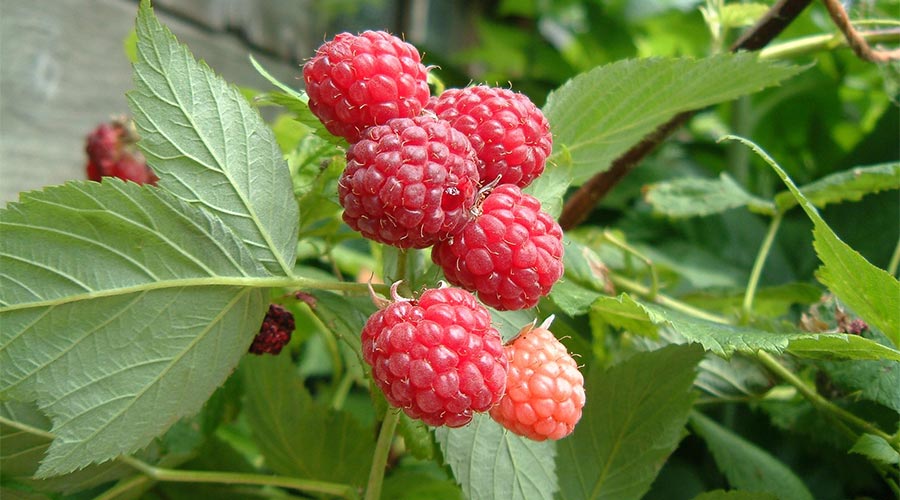Can you actually believe that it’s nearly September? It seems like yesterday that we were celebrating the New Year and looking forward to what the year ahead would bring. It also seems like yesterday that I last uttered that cliché last September, but there are some things that you just can’t help repeating the same thing every year. You’ll also start saying that time seems to move so fast these days, and nowhere is that more apparent than in your garden. As gardeners we may be used to biding our time to wait for plants to grow, but there’s always so much to be getting on with in the garden that it really doesn’t feel like such a long wait. Before you know it those daffodil bulbs you planted last winter have already flowered and subsequently disappeared again to hide from the winter frost.
In September the days start getting shorter and cooler. Here in the UK in can either be a month where we start sticking the central heating on again or we could have some warm or even hot days with glorious sunshine. But you can never really predict what the UK weather is going to do, and you still need to start preparing the garden for autumn.
Here’s a general overview of things you should be doing in September. It may not cover absolutely everything because everyone’s garden is different, but I gave it a good try!
General Jobs
- Put nets over any ponds to protect them when leaves start falling. Clear any pond weeds out before you net over it.
You should look at these leaf blowers for the leaves:
- Cut down on how often you water houseplants as light levels are dropping.
- Examine your lawn for bare patches. Replace with new turf (find out how to do that here) or re-sow.
- It’s also a good time to aerate your lawn. Here’s a good lawn aerator.
- Also check your lawn for any fungi and mushrooms and remove if found.
- If you don’t have one already, get or build a leaf bin or compost bin to collect autumn leaves. When they start falling you can shred them and use as mulch.
- Check any leaves for signs of disease and destroy them. Do not compost them as this will simply spread the disease.
- Raise pots off the ground in preparation for winter to avoid water logging. You can do this with bricks.
- If you don’t already have one, install a water butt to make use of collecting autumn and winter rain. There’s an article over on our sister blog, Toolbox, that explains why they’re definitely worth having. Existing water butts should be cleaned out, ready for collecting more water during the autumn rains.
- Store all watering kit, such as sprinklers and drip-feed systems, in sheds or in the home over winter.
- Insulate outdoor taps and pipes so that they don’t freeze over winter.

Flowers and Plants
- Divide herbaceous perennials to ensure they continue to be healthy next year. There’s a great guide on how to do this over on the RHS website.
- Tender perennials, including Gazania, Fuchsia, Lantana and Abutilon should be brought inside before the frosts arrive.
- Shrubs and trees can be moved and planted safely so they can be ready for the spring.
- Prune shrubs that flower during later-summer.
- Take cuttings from borderline-hardy perennials (including verbena) so they can be replaced if they die in the winter.
- Daffodil bulbs can now be planted in pots and border areas.
- Conifer hedges should be trimmed so that they’re neater and don’t get too high.
- It’s the perfect time to collect seeds. Just make sure you label them correctly when storing.
- Prune climbing roses once they have finished flowering. Any side shoots from the main branches should be cut back to a couple of buds.
- Examine roses and cut off any suckers you find.
- Remove early summer bedding that has stopped blooming, adding to your compost. If any of it is diseased, do not add it to the compost.
- Take cuttings from flowers such as pansies, violas and roses.
- Fork over bare patches of soil, ready for planting spring bulbs (now is a good time to buy new spring bulbs to and work out where you’re going to plant them). Do the same with areas where crops have been cleared.
- It’s a good time to start planning and creating borders.
- Plant herbaceous perennials near the end of the month, when the soil is still warm.

Fruit and Vegetables
- Pick any autumn raspberries in your garden.
- Blackberries, elderberries, plums, raspberries, strawberries and mid-season apples will all be ripening during September, so make sure you pick them while you still can. Store those that can’t be used straight away.
- Look at fruit trees, particularly pear, apple and plum trees, to see if you can spot any rotting fruit. Pick these off as leaving them will spread disease.
- If there are any potatoes left in the ground, dig them up to prevent slug damage.
- You can now plant garlic cloves outside. If you prefer plant them in modular seed trays so they can be planted outside later in autumn.
- Cover up herbs, such as parsley and basil, and bring potted ones inside. We have an extensive guide to growing herbs in your kitchen instead.
- Vegetables that you should now sow: spring cabbages, broad beans, hardy peas, spring onions, winter lettuces, land cress, turnips, spinach and baby salad leaves.
- Once your strawberries have all been picked, dig up the runners to avoid slugs and snails eating all the plants.

Wildlife
- Put up bug boxes for beneficial insects to hibernate in. This short guide tells you how to make your own bug mansion.
- Ensure that bird baths are regularly washed out and topped up.
- Leave seed heads on plants such as thistles, teasels and sunflowers helps provide food for birds. If you allow some vegetation to die back naturally, it will offer some shelter to birds too.
